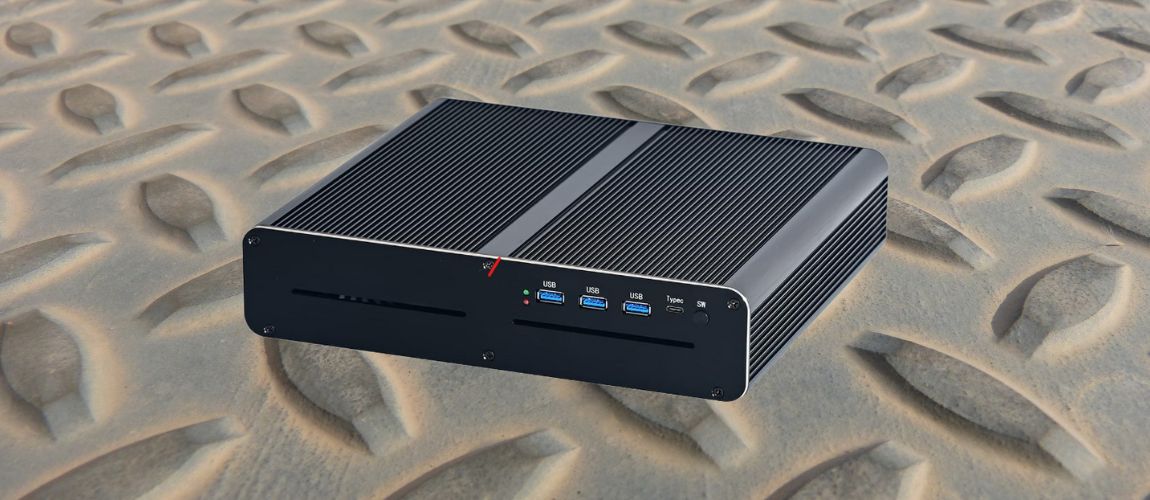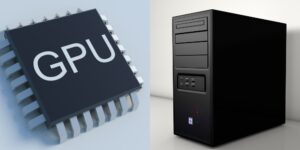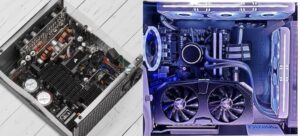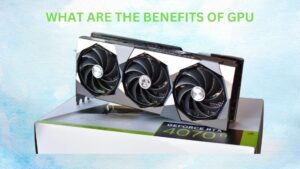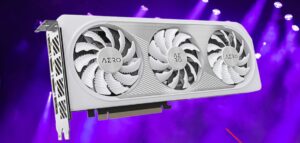Proxmox GPU Sharing Unleashed For Multiple VMs
Virtualization has revolutionized the way we utilize hardware resources in modern computing environments. With the increasing demand for efficient resource allocation and cost-effective solutions, Proxmox has emerged as a popular platform for virtualization. In this blog post, we will explore the concept of proxmox share GPU with multiple vms, discussing its benefits, challenges, and implementation strategies. Whether you’re a developer, gamer, or IT professional, understanding how to effectively allocate GPU power among VMs can significantly enhance your virtualization experience.
Understanding GPU Sharing
In traditional virtualization setups, GPUs were often underutilized or dedicated to a single VM, limiting their potential to enhance overall system performance. However, advancements in GPU virtualization technologies have opened the door to efficiently share GPU resources among multiple VMs.
Benefits of GPU Sharing
Resource Optimization:
GPU sharing allows you to maximize GPU utilization across multiple VMs, ensuring that GPU resources are efficiently distributed and not left idle.
Cost Savings:
By sharing a single physical GPU among several VMs, you can achieve higher levels of resource utilization without the need for additional physical GPUs, resulting in cost savings.
Enhanced Performance:
GPU-intensive applications such as machine learning, rendering, and gaming can benefit from dedicated GPU resources, improving performance and responsiveness.
Flexible Workloads:
With GPU sharing, you can allocate GPU power based on workload demands. High-priority VMs can receive more GPU resources, while lower-priority VMs can have reduced GPU allocation.
Challenges of GPU Sharing
Driver Compatibility:
Not all GPU drivers support virtualization and sharing across VMs. Ensuring compatibility and stability requires careful consideration of the GPU model and driver version.
Resource Allocation:
Balancing GPU allocation among VMs can be complex. Overcommitting GPU resources to VMs may lead to performance degradation, while underutilization may waste potential computing power.
VM Isolation:
Sharing GPUs introduces the challenge of maintaining isolation between VMs. Ensuring that one VM’s workload does not interfere with another’s is crucial for stability and performance.
Implementing Proxmox Share GPU With Multiple VMs
Hardware Selection:
Choose GPUs with virtualization support and compatibility with Proxmox. AMD and NVIDIA GPUs often have varying levels of support for GPU virtualization technologies.
Enable IOMMU:
Ensure that your system’s IOMMU (Input-Output Memory Management Unit) is enabled in the BIOS. IOMMU allows for efficient device isolation and virtualization.
VFIO Passthrough:
Proxmox supports VFIO (Virtual Function I/O) passthrough, which allows direct access to physical GPUs from VMs. This provides dedicated GPU resources to each VM.
GPU Scheduling:
Implement GPU scheduling policies to allocate GPU resources based on VM priorities and workload demands. This ensures fair resource distribution among VMs.
Conclusion:
Sharing GPU resources with multiple VMs in Proxmox can unlock a world of possibilities, from boosting performance to optimizing resource utilization. While challenges exist, careful planning and proper implementation can lead to a seamless and efficient virtualization experience. By understanding the benefits, challenges, and implementation strategies, you can make informed decisions to enhance your virtualization environment.
FAQs
- Can I share a single GPU among Windows and Linux VMs?
Yes, by using VFIO passthrough, you can share a GPU between VMs running different operating systems.
2. What happens if one VM monopolizes GPU resources?
Implementing GPU scheduling policies helps prevent resource monopolization, ensuring fair distribution among VMs.
3. Is it possible to allocate fractions of a GPU to different VMs?
Yes, VFIO passthrough allows you to allocate fractions of GPU resources to VMs, offering fine-grained control.
4. How can I monitor GPU performance and utilization in VMs?
Utilize monitoring tools within VMs, such as NVIDIA’s System Management Interface (Nvidia-semi) or AMD’s GPU monitoring utilities.
5. Are there any security concerns with GPU sharing?
Ensuring proper isolation between VMs and using the latest GPU drivers can mitigate security risks associated with GPU sharing.
Last Updated on 26 February 2024 by Ansa Imran
Explore the digital realms of gaming withAnsa Imran, a seasoned expert in tech gaming media. Immerse yourself in insightful articles, reviews, and the latest trends in the gaming universe.”

